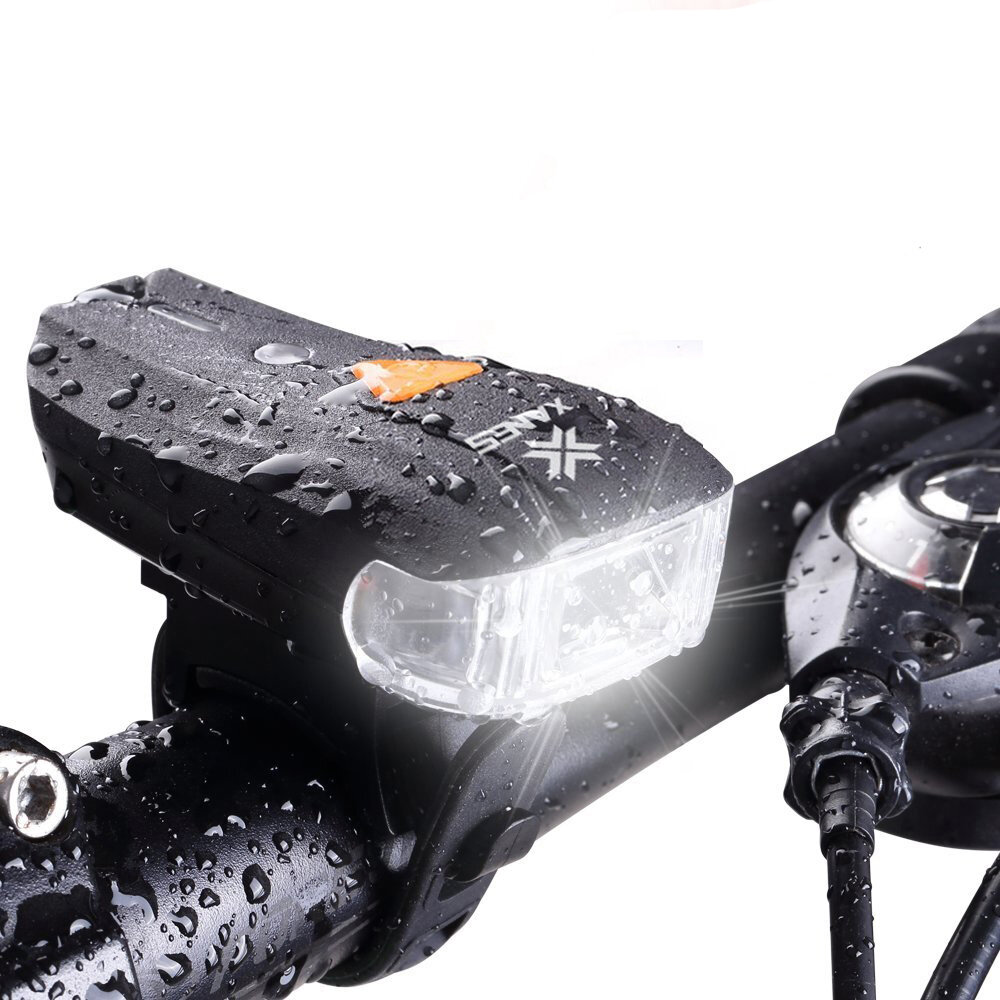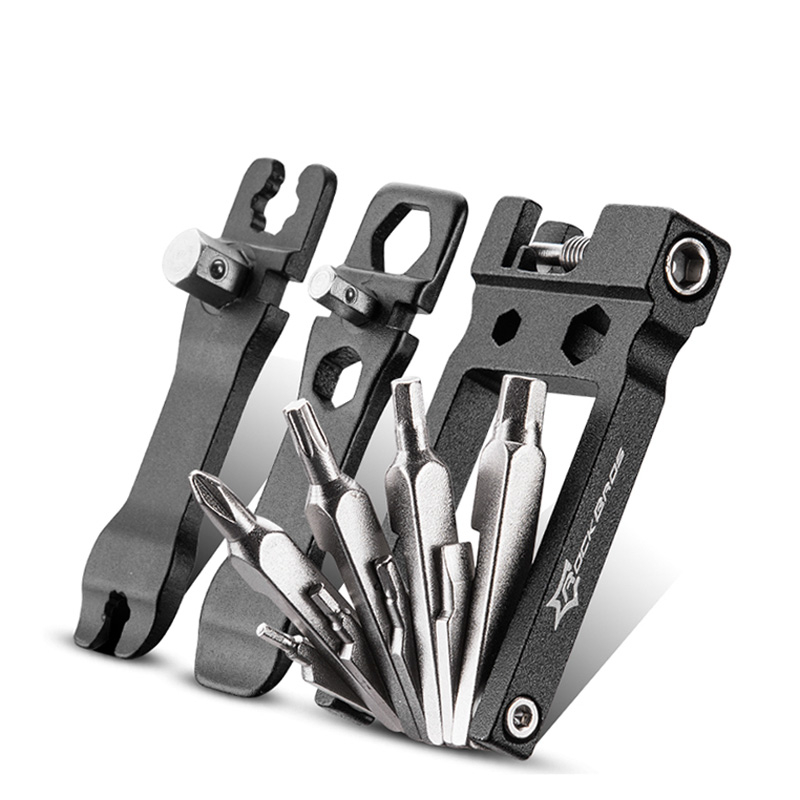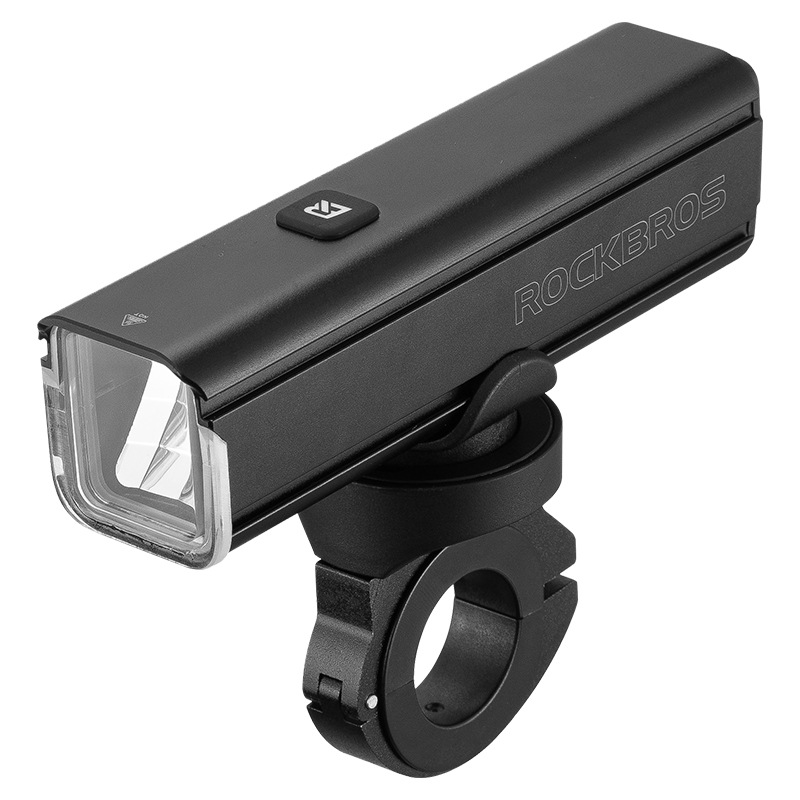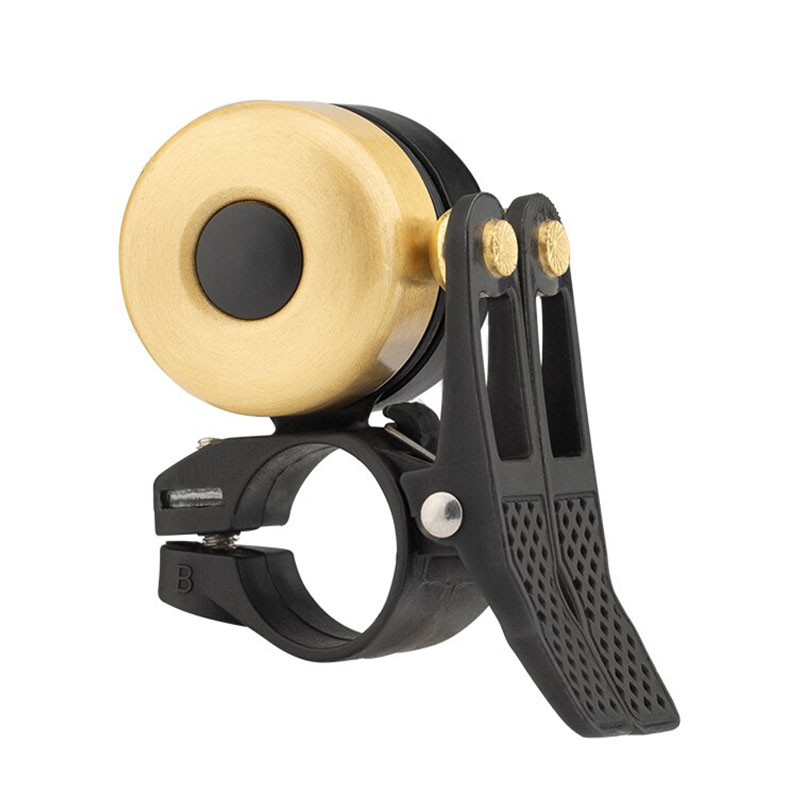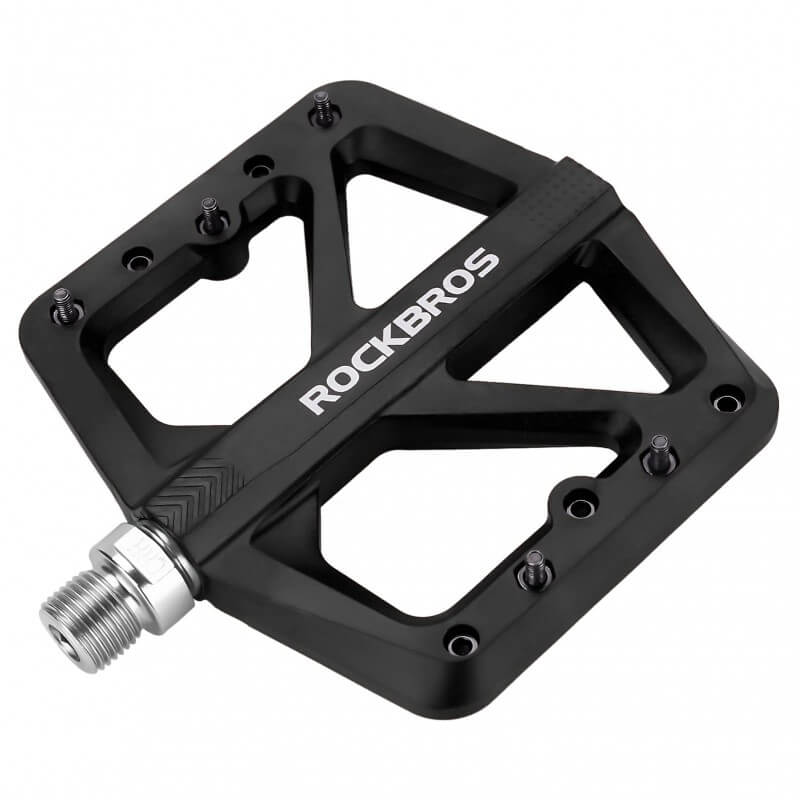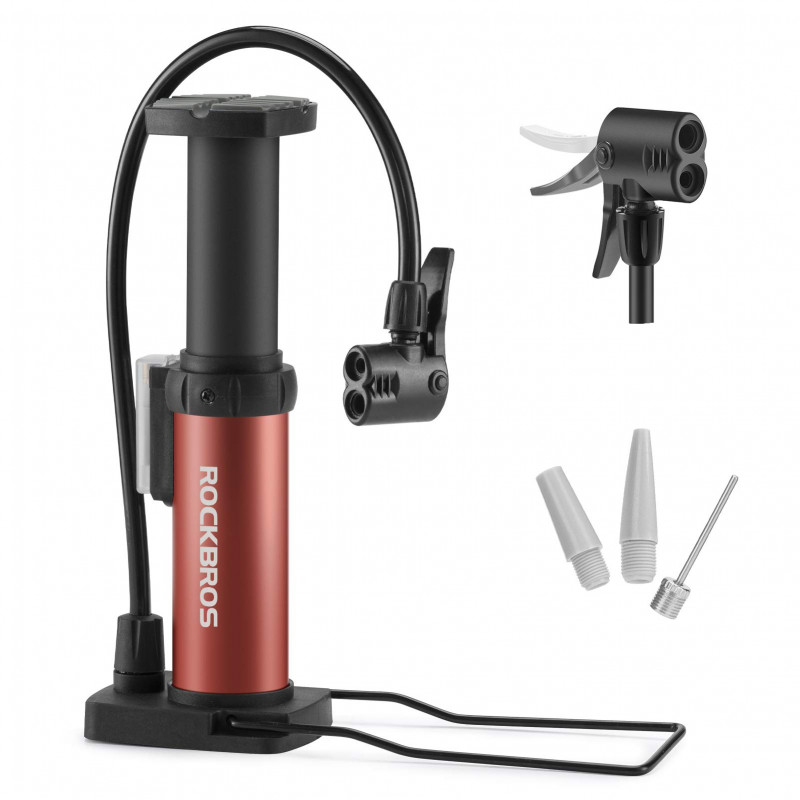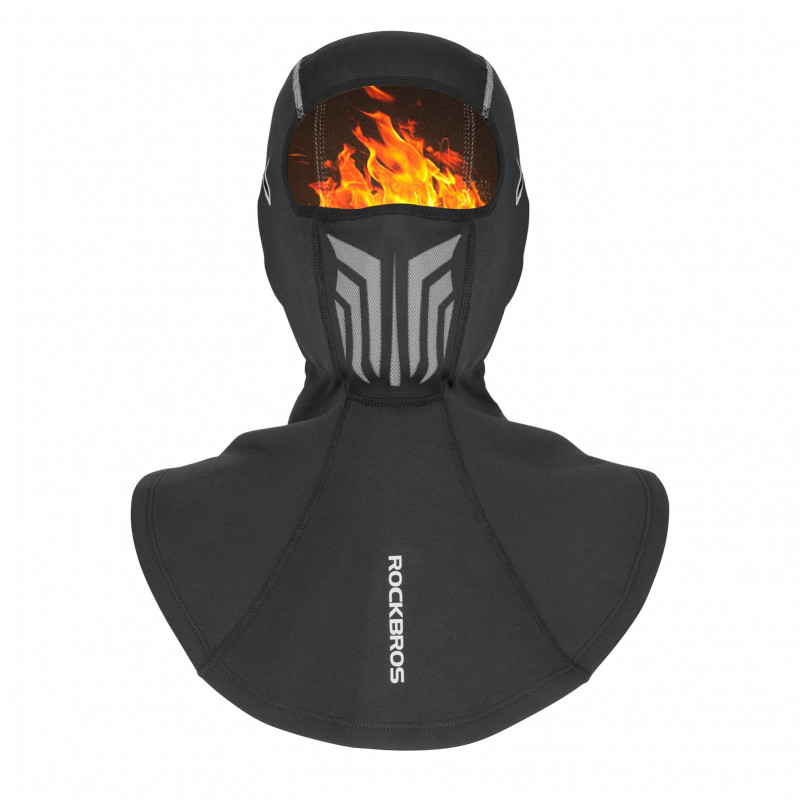Reasons to Choose a Rigid Bike for Your Cycling Adventure

Biking is a great way to stay active and enjoy the outdoors. Many people choose to ride a bike for leisure, commuting, or exercise. While there are many types of bikes available, one that is often overlooked is the rigid bike. In this article, we'll discuss the benefits of riding a rigid bike and why it may be the right choice for you.
Introduction
A rigid bike is a type of bicycle that does not have any suspension, meaning it has a rigid frame and fork. While it may not provide the cushioning and shock absorption of a suspension bike, there are many benefits to riding a rigid bike. Whether you're a seasoned cyclist or a beginner, a rigid bike may be the perfect choice for you.
What is a Rigid Bike?
A rigid bike is a bike without any suspension. This means that the frame and fork are rigid, with no shock absorption or cushioning. The lack of suspension means that the bike is lightweight and efficient, making it a great choice for riders who want a bike that is fast and nimble.
Advantages of a Rigid Bike
Low Maintenance
One of the biggest advantages of a rigid bike is that it is low maintenance. Without any suspension components, there are fewer parts to maintain and repair. This means that you can spend less time and money on maintenance, and more time riding.
Efficient Power Transfer
Another advantage of a rigid bike is that it provides efficient power transfer. Because there is no suspension, there is less energy lost through movement of the suspension components. This means that more of your pedaling power is transferred directly to the wheels, making the bike faster and more efficient.
Lightweight
The lack of suspension also means that a rigid bike is lightweight. This makes it easier to carry and maneuver, and can make a big difference if you need to carry your bike up stairs or over obstacles.
Affordable
Because there are fewer components and less technology involved in a rigid bike, they are often more affordable than suspension bikes. This makes them a great choice for riders who want a high-quality bike without breaking the bank.
Rigid Bike vs. Suspension Bike
While there are many advantages to riding a rigid bike, it is important to consider the differences between rigid and suspension bikes. Suspension bikes provide more cushioning and shock absorption, which can be important if you plan to ride on rough terrain or if you have a history of joint pain or injury.
Choosing the Right Rigid Bike
When choosing a rigid bike, it is important to consider your riding style and the type of terrain you will be riding on. You'll want to choose a bike with the appropriate frame size and geometry, as well as the right components for your needs.
Riding Techniques for Rigid Bikes
Riding a rigid bike requires a different technique than riding a suspension bike. You'll need to focus on maintaining proper form and absorbing shock through your body, rather than relying on the bike's suspension.
Best Terrains for Rigid Bikes
While rigid bikes can be ridden on a variety of terrains, they are best suited for smooth and relatively flat surfaces. This is because without suspension, the bike can feel harsh and uncomfortable on rough or rocky terrain. However, if you're a skilled rider, you can still tackle some light trails and gravel paths with a rigid bike.
Building Endurance on a Rigid Bike
Riding a rigid bike can be a great way to build endurance and improve your cycling skills. The lack of suspension means that you'll need to rely more on your own body to absorb shock and maintain control, which can be challenging but also rewarding.
Safety Tips for Rigid Bike Riders
When riding a rigid bike, it's important to take extra care to ensure your safety. Always wear a helmet, and consider wearing protective gear like knee and elbow pads. Be aware of your surroundings and ride defensively, especially when riding on busy roads.
Common Misconceptions about Rigid Bikes
There are some common misconceptions about rigid bikes, such as the idea that they are uncomfortable or difficult to ride. However, with the right setup and technique, a rigid bike can be just as comfortable and easy to ride as a suspension bike.
Tips for Maintaining Your Rigid Bike
To keep your rigid bike in top condition, it's important to perform regular maintenance and inspections. This includes checking the tires for wear, keeping the chain lubricated, and inspecting the frame and components for any signs of damage.
Conclusion
If you're looking for a bike that is efficient, low-maintenance, and affordable, a rigid bike may be the perfect choice for you. While they may not provide the cushioning and shock absorption of a suspension bike, there are many benefits to riding a rigid bike. Whether you're a beginner or a seasoned cyclist, a rigid bike can be a great way to stay active and enjoy the outdoors.
FAQs
Is a rigid bike good for commuting?
Yes, a rigid bike can be a great choice for commuting, especially if your route is relatively smooth and flat.
Are rigid bikes more difficult to ride than suspension bikes?
Riding a rigid bike requires a different technique than riding a suspension bike, but with the right setup and technique, a rigid bike can be just as easy and comfortable to ride.
Can you ride a rigid bike on trails?
While rigid bikes can be ridden on trails, they are best suited for smooth and relatively flat surfaces.
Are rigid bikes less expensive than suspension bikes?
Yes, because they have fewer components and less technology, rigid bikes are often less expensive than suspension bikes.
How do I choose the right rigid bike for me?
When choosing a rigid bike, it's important to consider your riding style, the type of terrain you'll be riding on, and your budget. Be sure to choose a bike with the appropriate frame size and geometry, and the right components for your needs.
